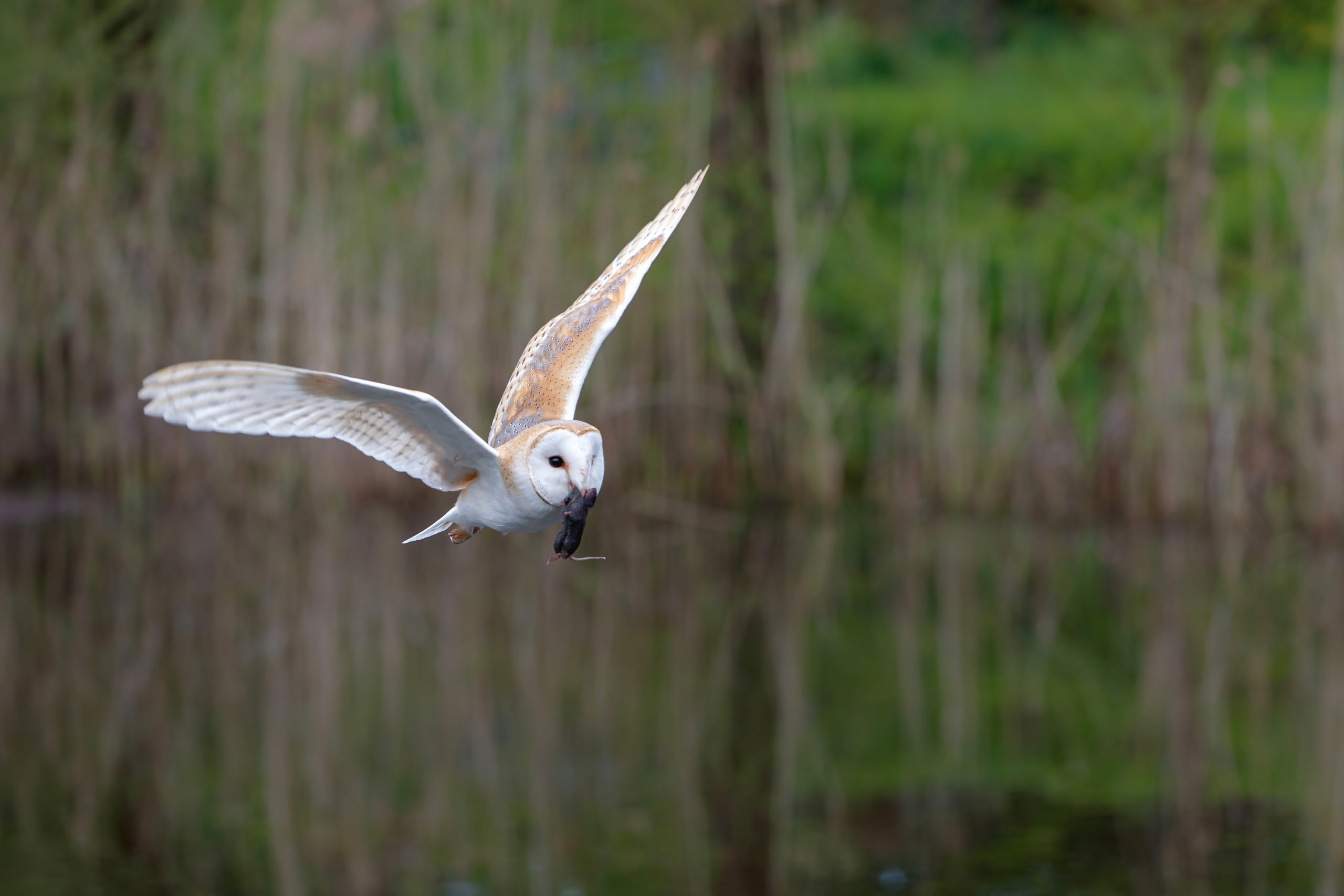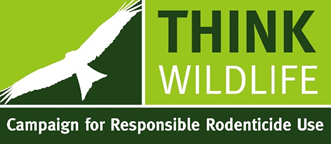Guidance has been tightened for all users of professional rodenticides, including gamekeepers, with the withdrawal of the ‘open area’ pattern of use for second generation anti-coagulant rodenticides (SGARs), from the 4th of July 2024. Reflecting these changes, the CRRU Code of Best Practice and rodenticide labels have been updated and a professional training course for gamekeepers will be available before the end of this year.
The changes mean that SGARs will not be available to buy to use in outdoor locations unless connected to a building. There will be a use up period, until the end of 2024, and then from the 1st of January 2025 their use in open areas will be illegal.
Nic Blaszkowicz, Best Practice Working Group leader for the Campaign for Responsible Rodenticide Use (CRRU) UK, said, that the industry-led partnership is constantly considering and updating guidelines, adding: “The main reason we are bringing these changes in, tightening up the patterns of use, is to reach the end goal of reducing rodenticide residues in non-target animals.”
CRRU
CRRU was established in 2015 in response to increased scrutiny by the Health & Safety Executive on rodenticide use. Based on forming a stewardship framework, CRRU is a multi-sectoral response – encompassing agriculture, pest control and game keeping – to improved stewardship and responsible rodent control, and in doing so, protecting wildlife from rodenticide exposure.
The CRRU Code promotes responsible use of rodenticides encompassing all rodenticide products sold to and used by professionals, its main objective was to have a comprehensive framework for the manufacture, supply, use and environmental fate of rodenticides, specifically SGARs. One of the key goals was to reduce the residues in non-target animals.
Nic said, “To date, there have been big achievements with stewardship, people are now much more educated, qualified and knowledgeable about rodent control, all of which should help to reduce residues.”
Restricting SGAR use
CRRU has achieved excellent engagement and increasing in awareness of stewardship across all sectors, however, a reduction in SGAR residues in the Sentinel species, The Barn Owl, has yet to be seen. Because of this, the CRRU Directors have taken further voluntary measures to remove open area use for SGAR products. This means the use of SGARs in open areas, away from buildings.
Nic added: “The percentage of Barn Owls exposed to SGARs has been found to be close to 90% and given the majority of a Barn Owl’s diet consists of field voles, common shrews and wood mice, generally found in open areas, restricting the use of SGARs to ‘in and around buildings’ aims to reduce residues in non-target species.”
Rodenticide Labels
These are being updated to reflect the changes. The rodenticide must only be used according to the pattern of use detailed on the label, so reading the label is crucial.
Nic said, “Rodenticide manufacturers often have different authorised uses; for example, burrow baiting will not be approved for all products. The authorised use pattern should be on the front of the label and further detailed in the section ‘Directions for use’ on the back. Not following the label instructions is illegal and could be liable to prosecution. The change in open area use for SGARs is a legislative change and even if someone has product with an old label, it must not be used in open areas from 1st January 2025.”
Alternatives for gamekeepers
Mike Swan, the gamekeeping sector member of the CRRU best practice working group said, “First, and foremost, think hard about how to minimise the way in which you support rats, whether that be with food or shelter, so that you have a minimal problem with them. Loss of SGARs for ‘open area’ use will mean that we have to use other methods, but these are available, trapping, shooting, other rodenticides.
Glynn Evans, the gamekeeping sector representative with CRRU said, “Gamekeepers are really skilled at a number of methods of pest control, so we are able to use integrated pest management (IPM). You wouldn’t reach for rodenticides as the first option, we have a hierarchy of risk controls for rodents. In certain circumstances rodenticides are really important and as a sector we need them.”
Some cholecalciferol products are licensed for ‘open area’ use and have a considerably lower risk of secondary poisoning than SGARs. Nic said, “Again, this is where reading the label as well as seeking further information is key as cholecalciferol products work in a different way to SGARs and users need to know how best to use them to get the required results.”
Stewardship and training updated
Mike Swan added: “The gamekeeping community has embraced stewardship and the need for training and proper certification of users in a very strong way. We have updated the professional training course for gamekeepers, and this will be available before the end of this year. It will reflect current best practice and as before, will enable gamekeepers to attain a certificate of competence, a requirement for buying professional rodenticides.”
Implications if guidance not followed
The big, long-term implication is that if these rodenticides carry on going up the food chain into the wildlife, Government may regulate to the effect that SGARs can no longer be used other than inside closed buildings. If we get to that point, where there is no ‘in and around buildings’ pattern of use to deal with the infestation then the consequences of that would be fairly severe in terms of damage, threat of disease and contamination.”
Nic added, “It’s really important that information on the change of use pattern for SGARs is circulated throughout the gamekeeping community so please pass it on so we reach the largest possible audience.
We are also tightening guidelines across other user groups and the decision has been taken to ensure that from 1st January 2026 all farmers will have undergone certification to allow them to buy professional rodenticides.”
Where to find more information
Gamekeepers can find further information on the CRRU website:
The updated handbook can be downloaded here: https://www.thinkwildlife.org/download/crru-rat-control-and-game-management/?wpdmdl=16771&refresh=667a75548a36b1719301460
Sources of more information:

